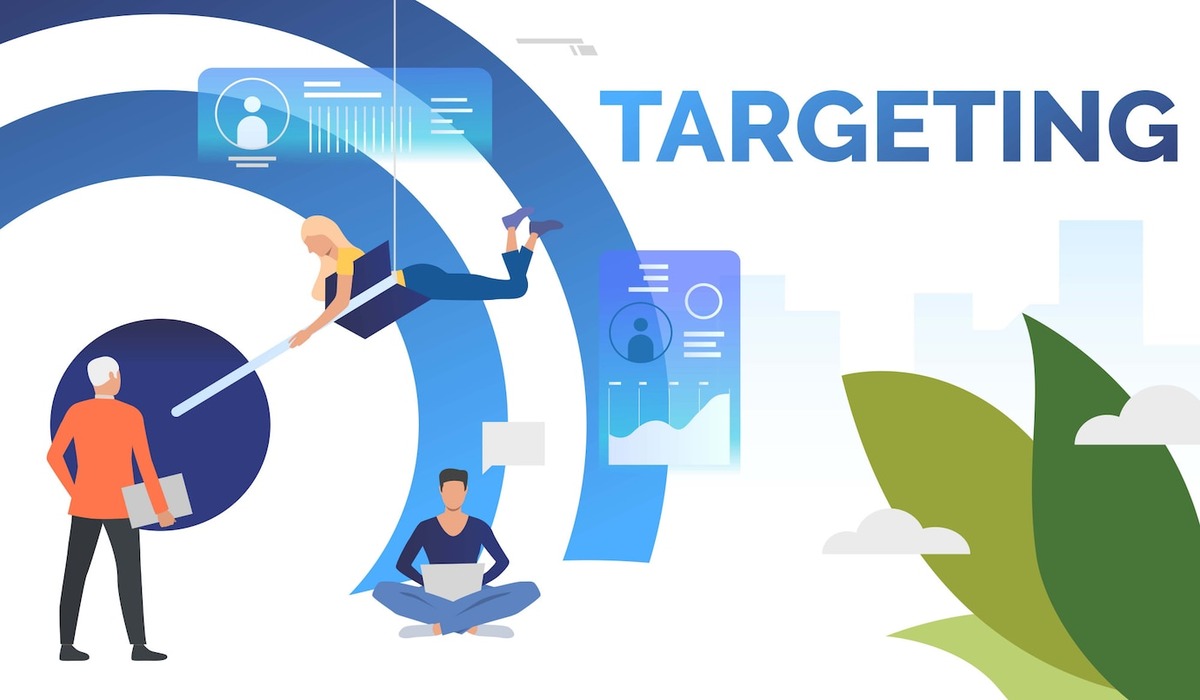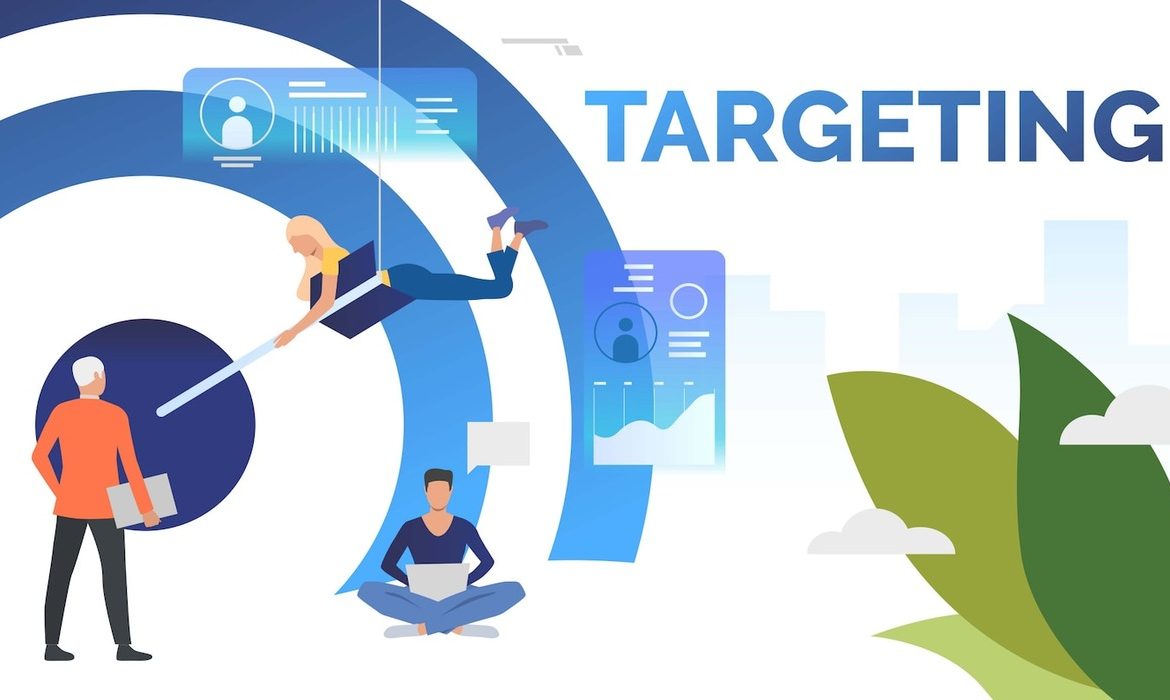
Introduction
In today’s competitive digital marketing landscape, personalization and behavioral targeting have become game-changers. Businesses strive to deliver customized experiences to their audiences, ensuring higher engagement and conversion rates. But with great power comes great responsibility—and challenges. From data privacy concerns to content scalability, marketers face numerous roadblocks when implementing effective personalization strategies.
So, how do you tackle these obstacles while optimizing your marketing efforts? Let’s explore the key challenges in personalization and behavioral targeting and actionable solutions to overcome them.
Challenge 1: Data Privacy & Security Concerns
With increasing regulations like GDPR and CCPA, data privacy has become a top concern for marketers. Users are more aware of how their data is collected, leading to hesitation in sharing personal information. A major question arises: What are the negative effects of personalization in direct marketing? The risk of over-personalization can make consumers feel uneasy, impacting brand trust.
Solution:
- Implement transparent data policies and ensure compliance with legal frameworks.
- Offer opt-in choices and easy data access for users.
- Use AI-driven anonymized data to maintain user privacy while delivering personalized experiences.
For a complete guide on how personalization and behavioral targeting can be ethically implemented, check out this comprehensive resource.
Challenge 2: Finding the Right Balance Between Targeting & Personalization
Many marketers confuse targeting and personalization, using them interchangeably. However, they are fundamentally different. What is the difference between targeting and personalization? Targeting is about segmenting the audience, while personalization focuses on tailoring content to individual preferences. A lack of balance can lead to irrelevant messaging, resulting in decreased engagement.
Solution:
- Leverage AI and machine learning to analyze user behavior and create dynamic customer segments.
- Use predictive analytics to anticipate user needs rather than pushing generic content.
- Develop a hybrid strategy that combines audience targeting with personalized content.
To understand how businesses can effectively use behavioral targeting, explore this in-depth article.
Challenge 3: Managing Personalization Effectively
Personalization is not a one-time task but an ongoing process. Many brands struggle with how to manage personalization at scale while keeping content fresh and relevant.
Solution:
- Utilize automation tools like CRM and CDP (Customer Data Platforms) to streamline personalization.
- A/B test personalized content to determine what resonates with your audience.
- Develop dynamic content strategies that adjust in real-time based on user interactions.
Challenge 4: Content Overload & Scalability Issues
Creating personalized content for different audience segments requires significant effort. Marketers often fall into the trap of content overload, which affects efficiency and user experience.
Solution:
- Implement AI-powered content generation tools to automate the process.
- Use modular content strategies where core messages remain the same, but elements are adjusted based on user behavior.
- Monitor engagement metrics to identify the most effective content variations.
Learn more about the role of automation in personalization from this detailed breakdown.
Challenge 5: Lack of Cross-Channel Consistency
Users interact with brands across multiple platforms—email, social media, websites, and mobile apps. A disconnected experience can diminish the impact of personalization.
Solution:
- Adopt an omnichannel marketing strategy to ensure a seamless experience across platforms.
- Integrate all marketing channels with a centralized data system.
- Personalize content dynamically based on the customer’s preferred interaction channel.
Challenge 6: Choosing the Right Personalization Method
Marketers often ask: What are the two key methods of personalization? The two primary approaches are rule-based personalization (using predefined criteria) and AI-driven personalization (leveraging machine learning and predictive analytics).
Solution:
- Use rule-based personalization for structured campaigns (e.g., location-based offers).
- Implement AI-driven personalization for deeper behavioral insights and automated recommendations.
- Test and refine both approaches to determine what works best for your audience.
For businesses looking to enhance their personalization techniques, here’s a must-read resource that explains key strategies in detail.
Conclusion
Personalization and behavioral targeting are powerful tools in digital marketing, but they come with their own set of challenges. By focusing on data privacy, strategic content personalization, omnichannel consistency, and the right mix of automation, marketers can overcome these obstacles and build deeper relationships with their audiences.
The key takeaway? Balance personalization with user comfort, and continuously optimize based on data-driven insights. Looking for expert strategies to enhance your personalization efforts? Check out our ultimate guide for more insights!
EvenDigit
EvenDigit is an award-winning Digital Marketing agency, a brand owned by Softude (formerly Systematix Infotech) – A CMMI Level 5 Company. Softude creates leading-edge digital transformation solutions to help domain-leading businesses and innovative startups deliver to excel.
We are a team of 70+ enthusiastic millennials who are experienced, result-driven, and hard-wired digital marketers, and that collectively makes us EvenDigit. Read More




